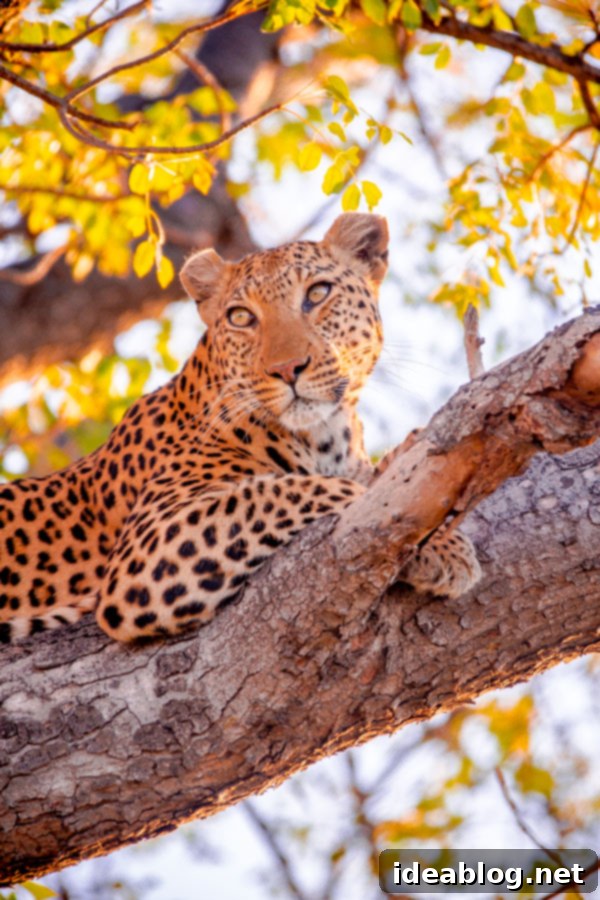Okavango Delta Safari: Tracking Majestic Lions & Elusive Leopards in Botswana (Part 2)
If you’re just joining us, you can catch up on the thrilling beginning of our honeymoon adventure by checking out Part One of our Okavango Delta recap here. As we embarked on our second morning in this breathtaking wilderness, a palpable sense of anticipation filled the air. After the incredible sightings of our first game drive, a part of me wondered if anything could possibly surpass that experience. Yet, the vast, untamed beauty of the Okavango Delta promised even more wonders to unfold, hinting that our journey could only get better from this point forward.
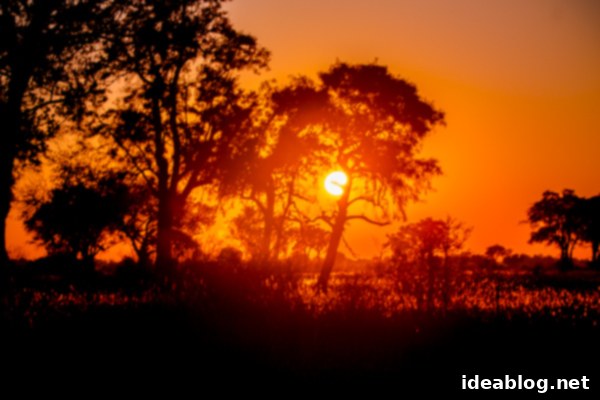
Our days in the Delta began exceptionally early, a rhythm dictated by the wildlife itself. The prime hours for spotting animals are typically in the early morning or late afternoon when temperatures are cooler and predators are most active. Consequently, our wake-up calls throughout the trip were usually between 5:30 AM and 6:00 AM. While not exactly a leisurely start to a honeymoon, it was surprisingly manageable. The absence of internet and electronic distractions meant we were often in bed by 9:30 PM, ensuring a good night’s rest. Moreover, having traveled such a long distance to experience the magic of Africa, the last thing we wanted to do was sleep through any part of it!
With sunrise occurring between 6:30 AM and 6:45 AM, we’d navigate the short, dark path to the main camp area, flashlights in hand, for a quick breakfast with our guide before heading out. Our morning game drives at this camp typically ran from 6:45 AM until around 11:30 AM, providing ample time to explore the diverse landscapes and encounter its inhabitants.
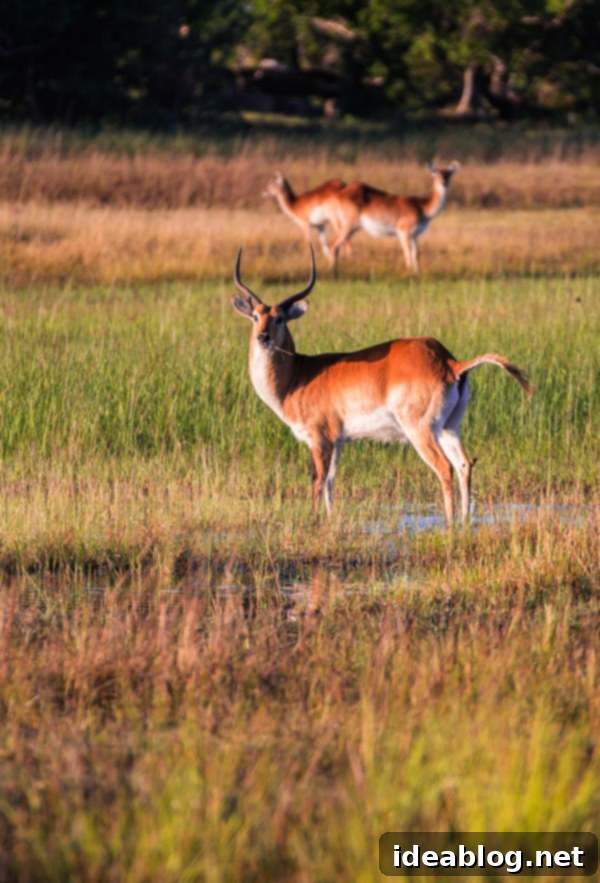
As I’ve previously mentioned, the sunrises and sunsets in Africa are truly unparalleled, painting the sky with an incredible palette of colors. This morning was no exception; the sunrise was breathtakingly beautiful, casting a golden glow over the landscape. The tall grasses, swaying gently in the morning breeze, caught the light and glistened like fields of wheat, adding another layer of magic to the awakening Delta.
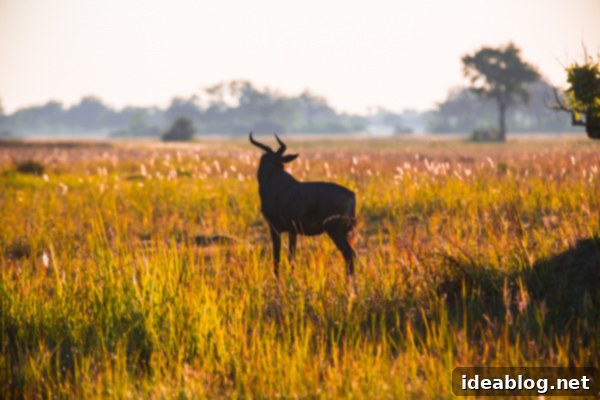
Just like the day before, we had barely driven ten or fifteen minutes when we stumbled upon a large troop of savannah baboons. They were spread out in a wide-open field, a lively gathering of twenty to thirty individuals, perhaps more. I quickly learned that baboons are among the most challenging animals to photograph on safari due to their constant movement and tendency to dart away. Their playful energy and rapid antics made capturing a clear shot a delightful but frustrating endeavor. The baby baboons, in particular, were undeniably adorable, clinging to their mothers or chasing each other with boundless enthusiasm. While this encounter was wonderful, we would later experience an even closer interaction with these fascinating primates, a story for another day that involved getting within mere inches of several very large baboons!
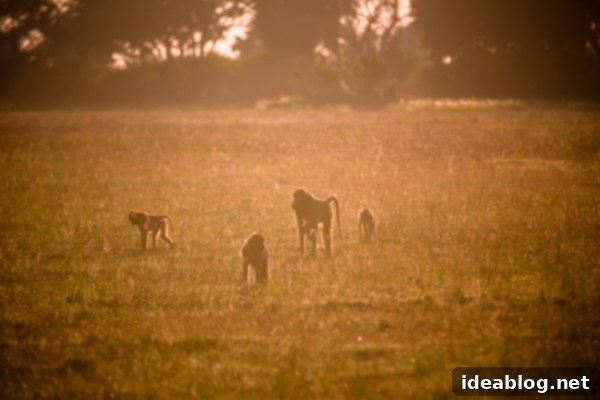
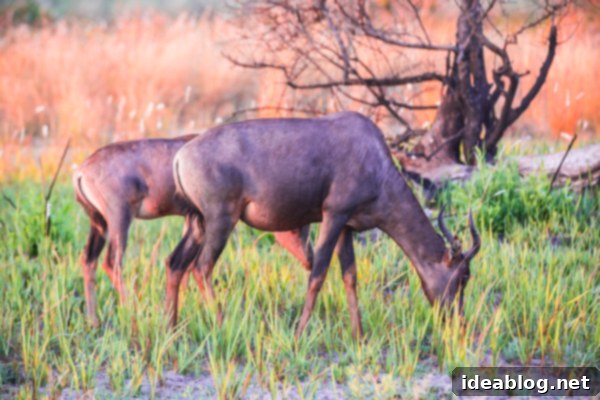
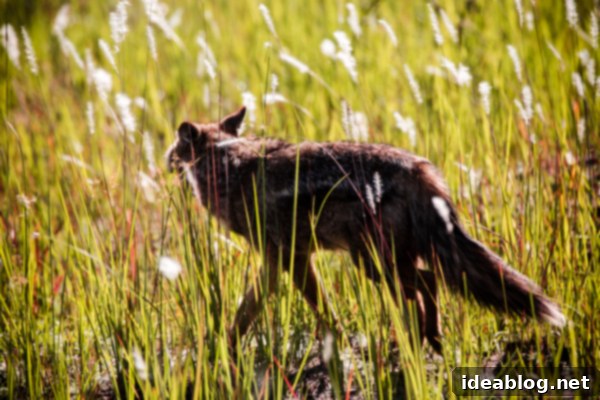
Our guide, Aubrey, decided to kick off that morning’s drive with an exciting proposition: heading back to the exact spot where we had discovered the leopard the previous day. As our safari jeep navigated into the tall grasses, we quickly realized that the impala kill had been almost entirely devoured. And sure enough, just about ten feet from our vehicle, a different male lion was now crunching on the last remnants of the meal. Aubrey informed us that this male lion was a transient, not typically found in this specific area, which was known territory for three much larger lion brothers.
At this point, Aubrey stopped the engine, plunging us into the profound silence of the bush, punctuated only by the subtle sounds of nature. Suddenly, we heard several low, guttural roars echoing in the distance – unmistakably the territorial calls of other lions. The lion before us immediately perked up his ears, a clear sign of his awareness of the encroaching presence. He then began to slowly, but purposefully, walk away, clearly recognizing the need to vacate the area. It was a tense and thrilling moment, a raw display of the complex power dynamics within the pride.
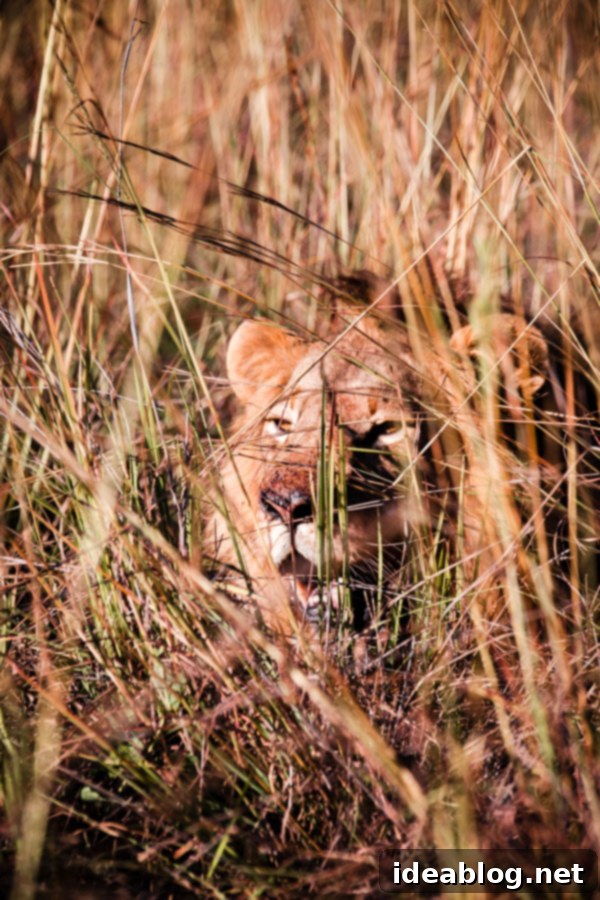
We quietly followed behind him, maintaining a respectful distance, observing him as he paused to drink from a waterhole – an apparent preparation for his journey ahead. Afterward, he found a small, secluded clearing amidst some trees and settled down for a grooming siesta. His tawny coat blended perfectly with the dry grasses and dappled shade, demonstrating nature’s ultimate camouflage. It truly is an indescribable privilege to witness these magnificent animals in their natural, wild habitat, far removed from any zoo or enclosure. For any animal lover, like myself, there’s simply nothing that compares to observing their raw existence in the heart of Africa.
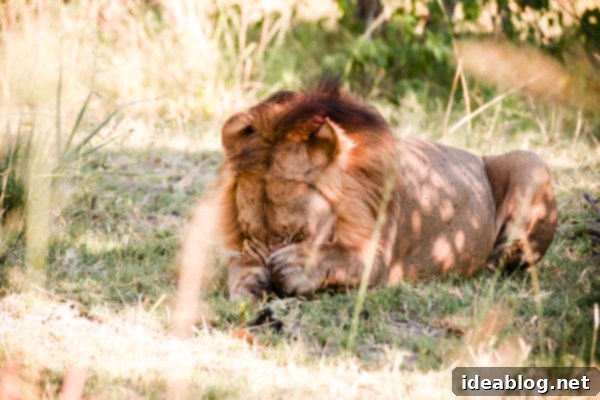
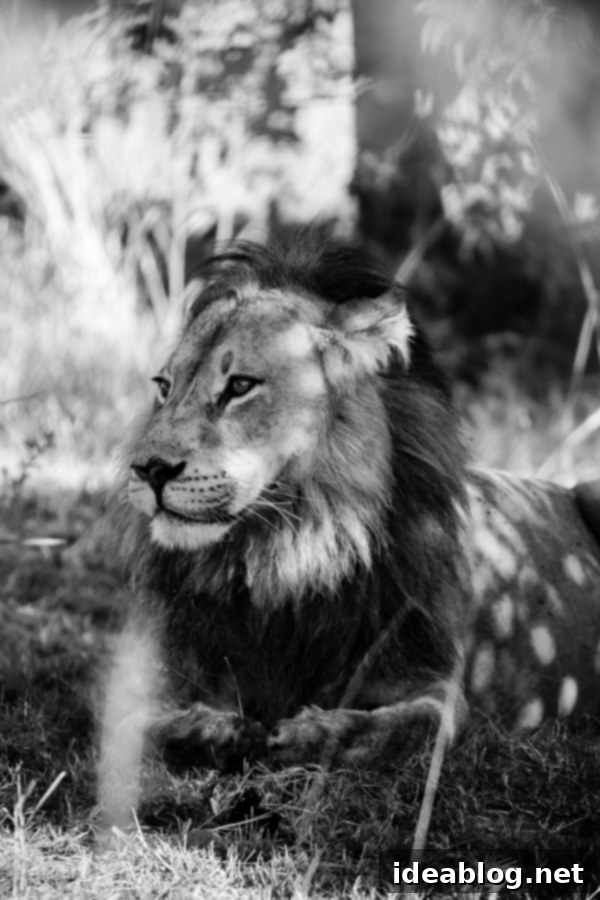
As the distant, low guttural sounds of lions continued to echo through the bush, Aubrey turned to us with a question that immediately ignited our excitement: “Do you want to track the three male lion brothers?” Our answer was an emphatic “Yes, please!” At that moment, it sounded as though the lions were perhaps half a mile or less away. However, we likely spent an hour or even longer meticulously tracking them. Given the challenging terrain, which often involved driving through shallow water and over incredibly bumpy ground, our jeep could rarely exceed 5 to 10 miles an hour. This made the tracking process a test of patience and skill.
Aubrey’s tracking abilities were nothing short of phenomenal. It’s still hard to believe we managed to find them based on the occasional footprint here and there. Lion tracks are only truly visible on the most sandy parts of the ground, typically areas where vehicles have already passed a few times, and these spots are not exactly abundant. Each discovery of a fresh print felt like a significant clue in a thrilling wilderness detective story. The sustained effort and Aubrey’s unwavering focus built immense anticipation, making the eventual sighting even more rewarding.
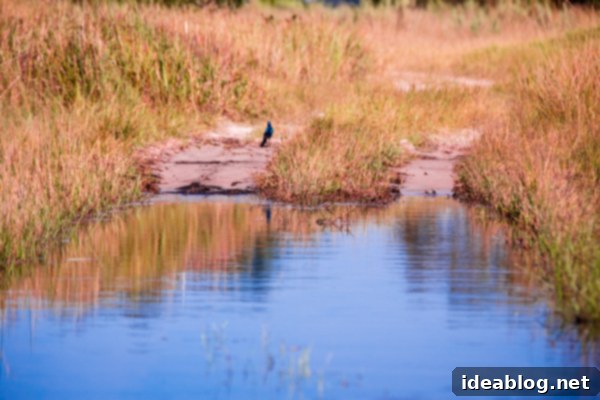
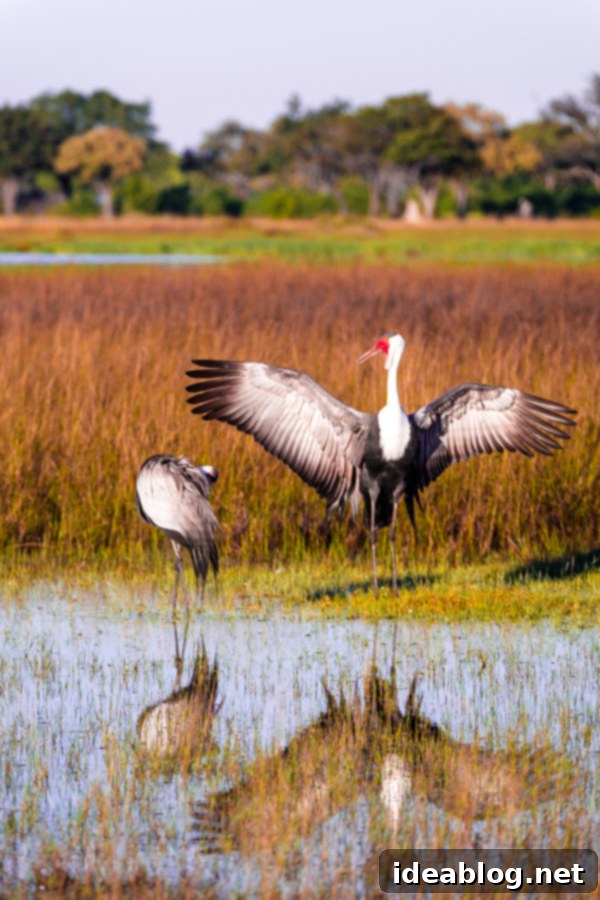
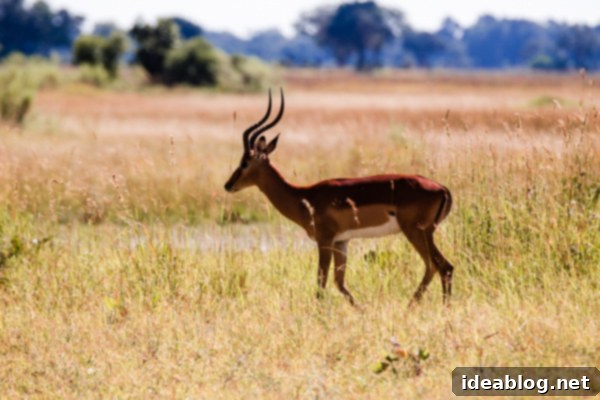
After nearly an hour of tracking, the lion roars faded, and I was quite sure we had lost them. But Aubrey persisted, driving just a little bit longer. And then, there they were:
Three enormous male lion brothers, resting in the shade just off the road tracks, panting gently in the afternoon heat. They were incredibly close – at most, ten feet away! While we had seen other male lions during our trip, these three were truly colossal. Their size was imposing, and their beauty even more striking, if that’s even possible. Each brother boasted a magnificent black and orange mane that extended all the way down to their bellies, a truly regal sight.
Aubrey, along with a fellow guest, explained that these three males had been seen together since they were small cubs, an unusual and powerful bond. Remarkably, they seemed completely unbothered by our presence, showing not the slightest interest in us. This calm indifference allowed us to observe them for an extended period, an experience for which we were incredibly grateful.
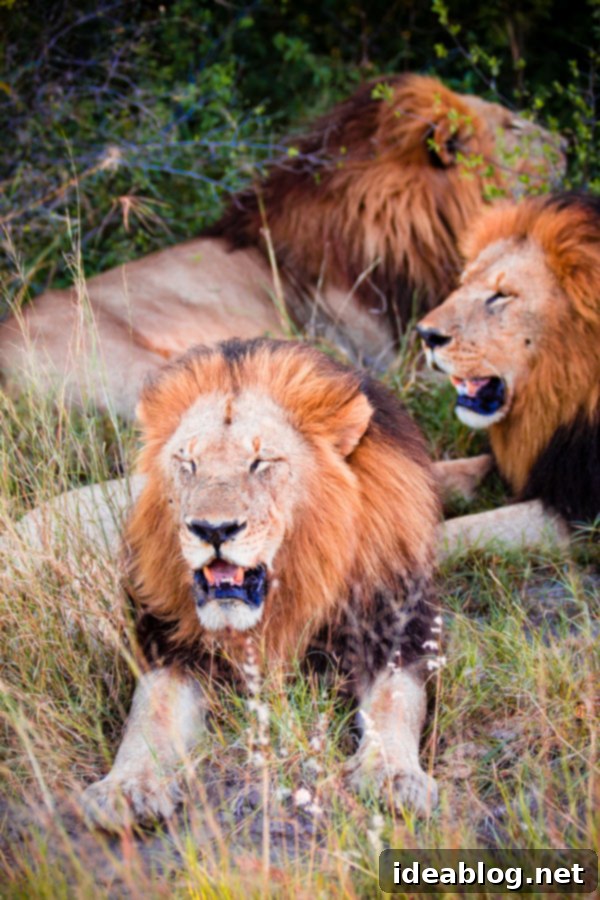
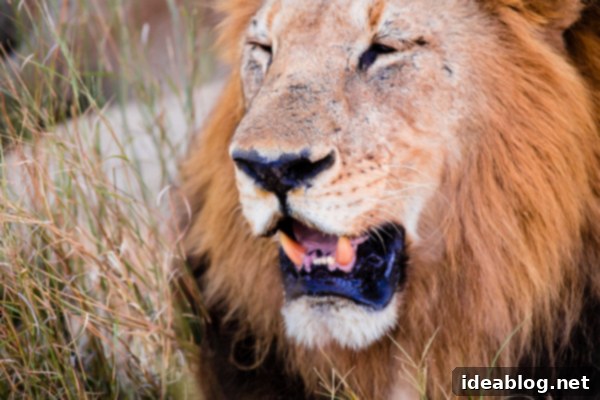
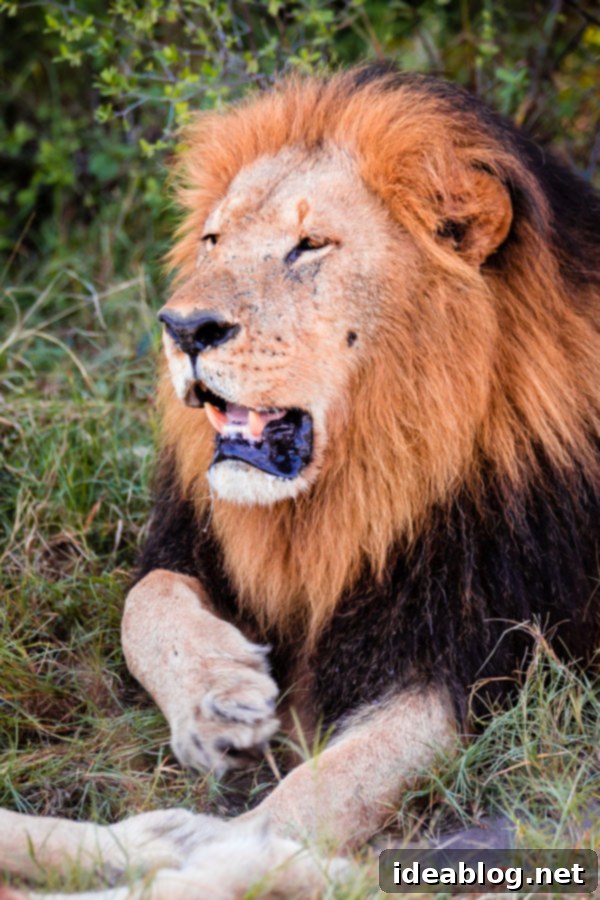
We spent well over 45 minutes simply watching these majestic lions. It was an absolutely incredible moment, undoubtedly one of the most significant highlights of our entire trip. Their powerful presence, their impressive manes, and their tranquil demeanor captivated us completely. It felt as if they had decided to grant us a special audience, settling down right by the road as if posing for us. Their piercing yellow eyes held an ancient wisdom, and their sheer size was awe-inspiring.
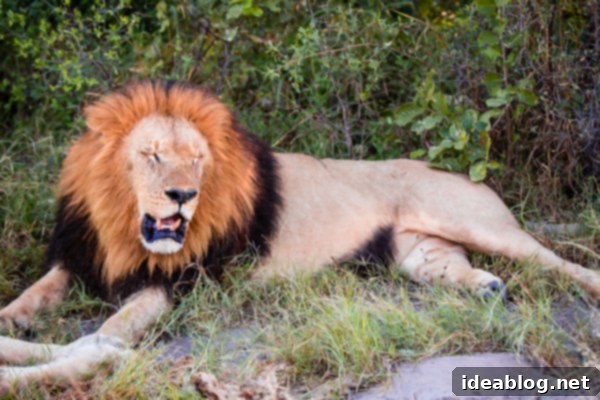
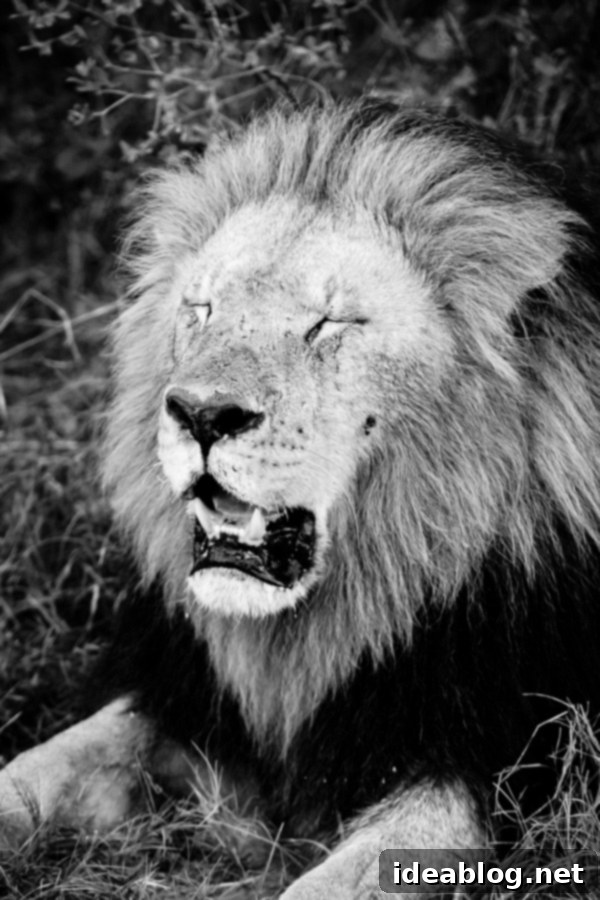
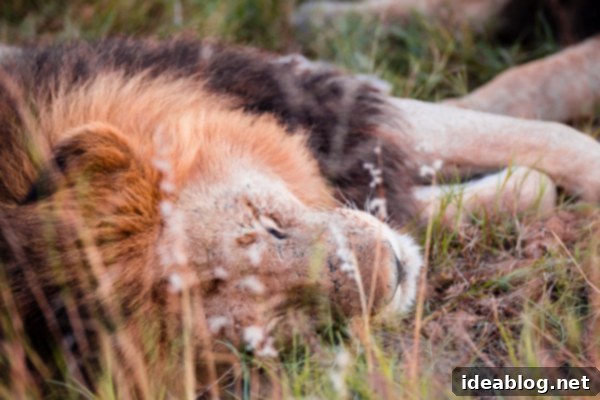
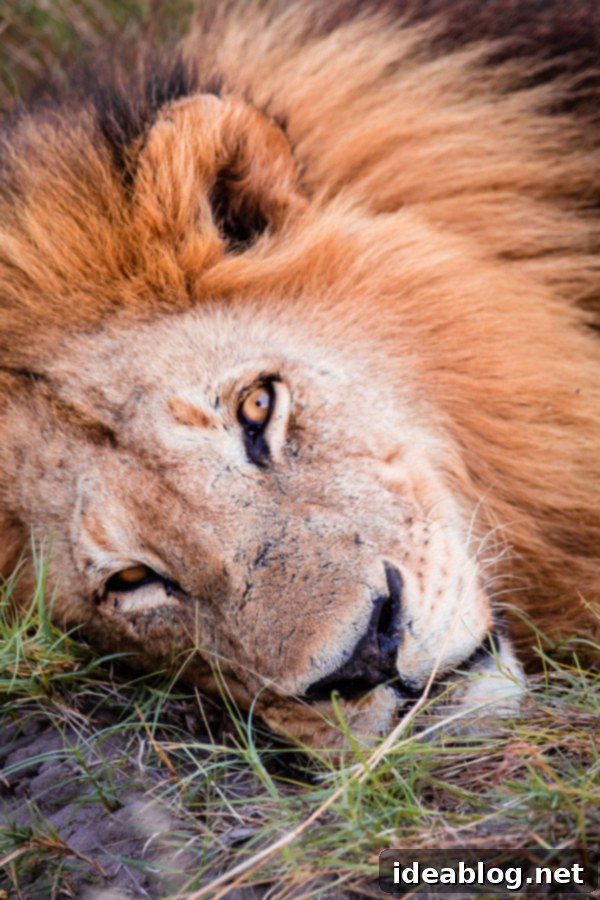
After this unforgettable encounter, we realized we were nearly an hour and a half’s drive from camp. We headed back for lunch, allowing ourselves a few precious hours to relax before our afternoon game drive. These afternoon drives typically commenced around 3:30 PM and lasted until 6:30 PM, often concluding just after sunset. Our “downtime” usually amounted to about an hour in our tents (which were surprisingly luxurious, hence the air quotes!), and we often found ourselves taking a nap. It’s surprising how exhausting it can be to seemingly do “nothing” all day. However, I believe it’s the constant adrenaline rush from observing powerful predators and diverse wildlife that truly catches up with you.
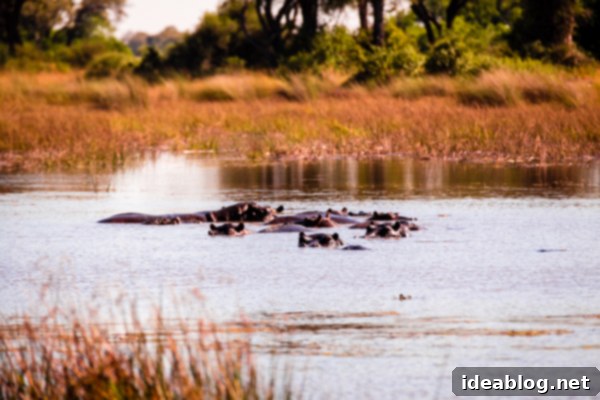


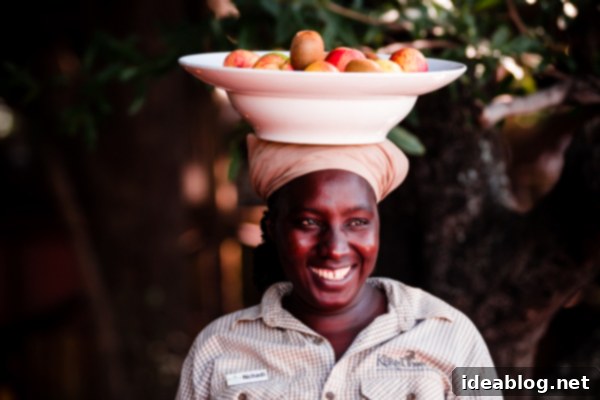
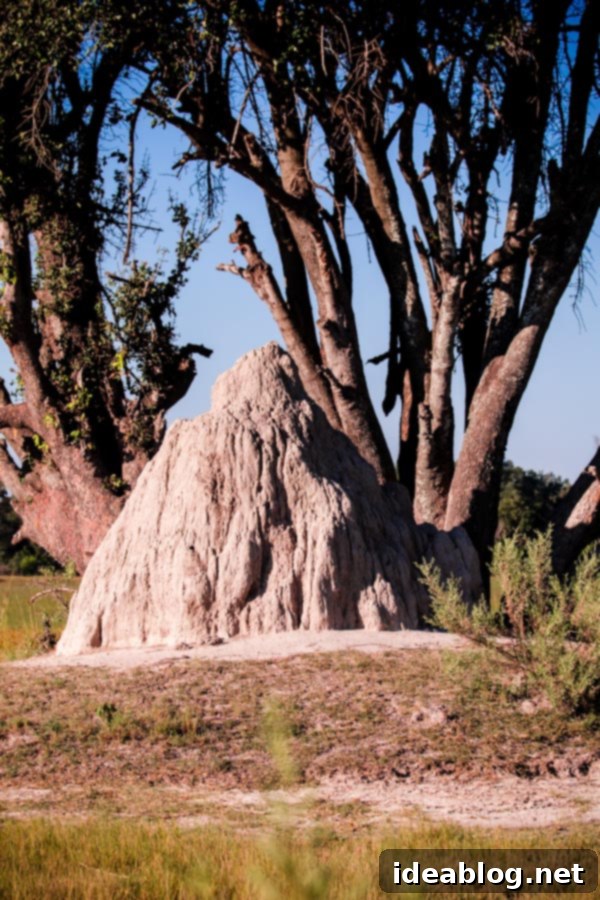
Refreshed, we set out for our afternoon game drive. We once again encountered our familiar friend, the elephant with the broken tusk, and spotted our first larger herd of wildebeest. However, for the most part, the first hour or so of our drive was relatively quiet, a gentle reminder that wildlife sightings are never guaranteed and require patience.
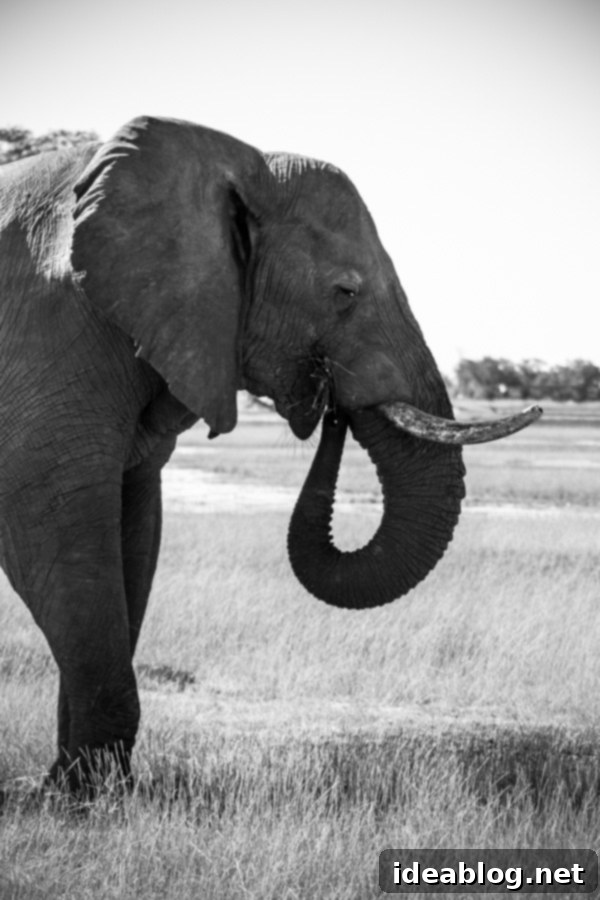
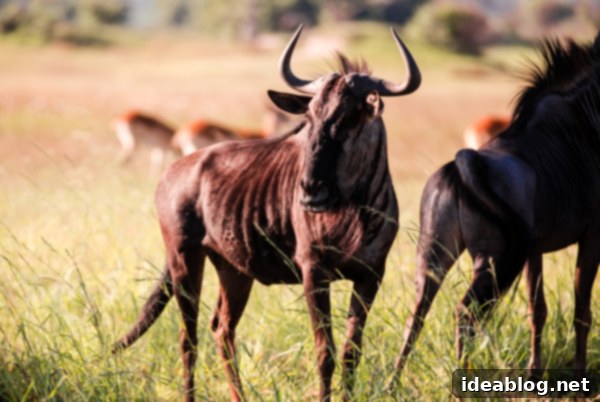
As we traversed an open plain, we came across a truly striking sight: a ginormous hippo skull and vertebrae. It was remarkable; up until this point, we hadn’t encountered many animal remains or bones, aside from the fresh leopard and lion kills. In a strange way, this discovery was just as exciting as seeing live animals, offering a stark glimpse into the circle of life and death in the wilderness. Our guide explained that the hippo had likely perished in a fierce fight, most probably with another hippo, about five months prior. Its tusk-like teeth were almost six inches long, giving the skull a powerful, almost prehistoric appearance.
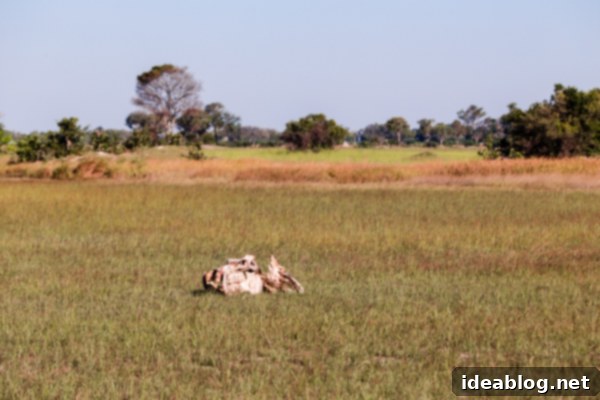
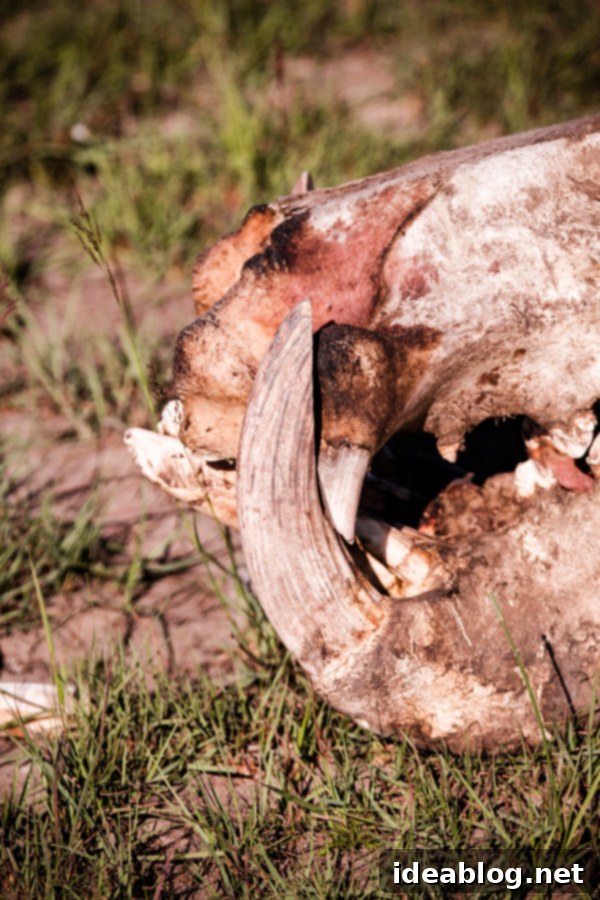
I already knew this before our trip, but hippos are statistically the most dangerous animals in all of Africa, measured by the number of human fatalities each year. This fact made me extremely glad that we were staying in a raised tent; we had likely been just a few feet from active hippo trails the previous night. They are incredibly territorial, especially concerning anything that comes between them and the water, which serves as their primary line of defense against predators. This encounter with the immense skull served as a potent reminder of the raw power and potential danger that lurks beneath the surface of the Delta’s tranquil waters.
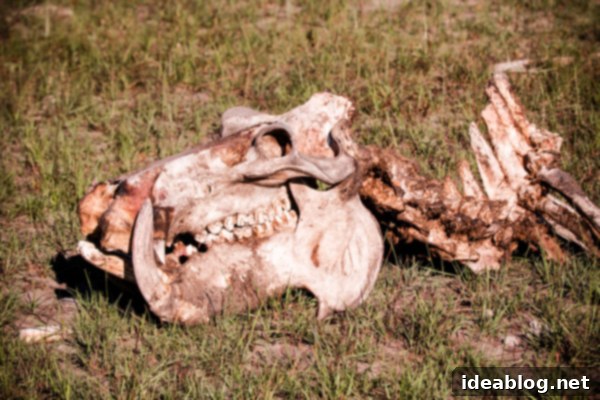
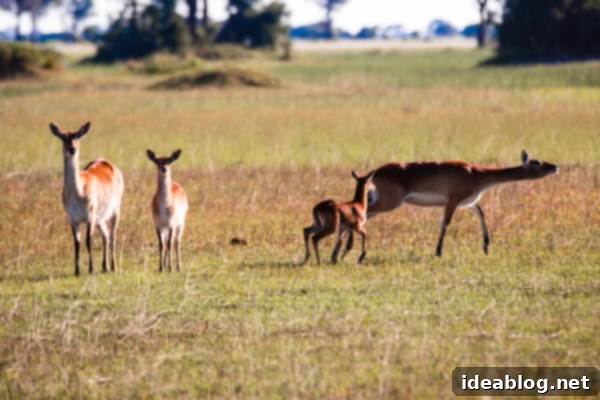
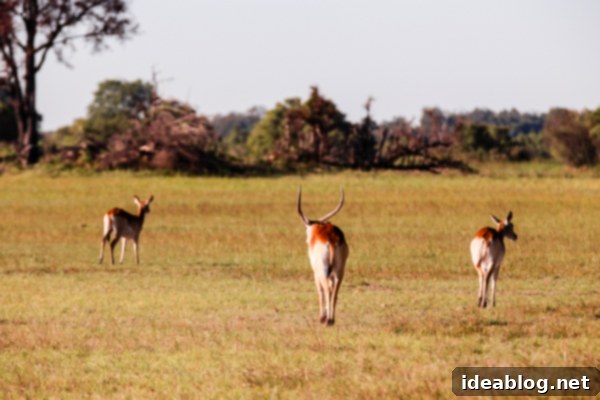
After a moment to examine the hippo remains, we continued driving for about half an hour, encountering only a few impala every now and then. While our first few days might suggest animals are everywhere, this isn’t truly the case. The vast wilderness provides countless hiding spots for these creatures, and without an experienced tracker like Aubrey, one could easily drive for hours and see very little. This reinforced how incredibly lucky we felt to have witnessed so much in such a short amount of time, a fact Connor and I often reminded ourselves of.
I was beginning to think this drive would be quiet when Aubrey’s voice cut through the air: “There is a leopard in the tree ahead of us.” We were still hundreds of feet away, and had he not pointed it out, I would have completely missed it. After straining my eyes, sure enough, there, perched majestically in a huge tree right in the center of a vast plain, was a leopard.
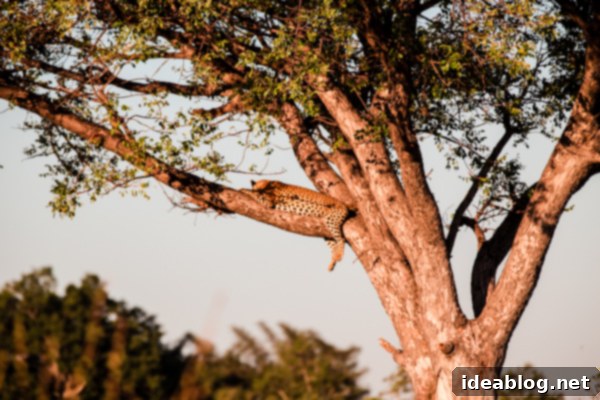
We slowly drove towards the tree, stopping about fifteen feet away. It was the same female leopard we had seen the day before, now resting about twenty feet above us, looking down groggily. This was an absolutely unbelievable moment; we remained at this tree for probably 45 minutes, utterly mesmerized. The previous day, the leopard had been partially obscured by very tall grass, making it an amazing sighting but nothing quite like seeing her out in the open, in all her glorious splendor. It was literally jaw-dropping. And as if that wasn’t enough, the sun was slowly beginning to set, bathing the scene in a perfectly warm, golden light.
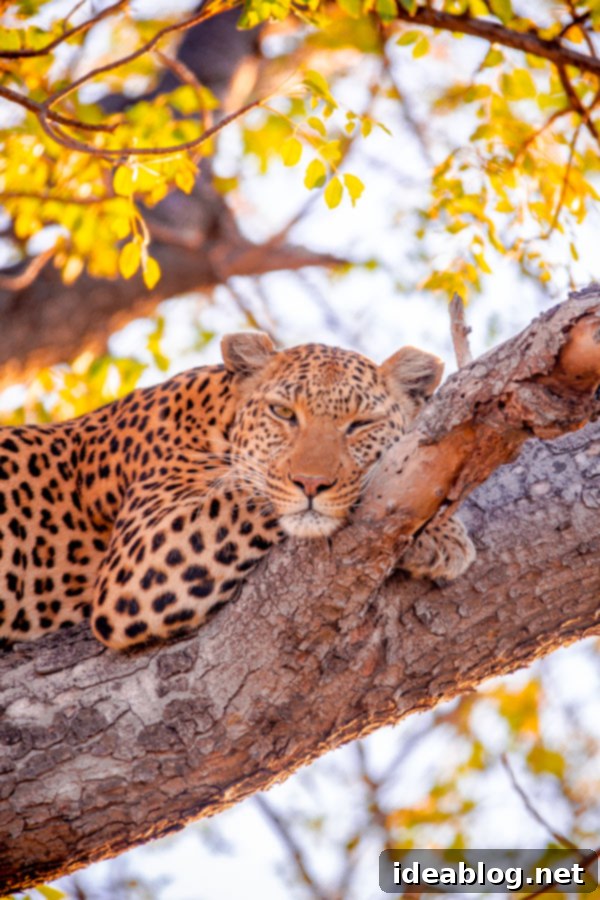
The scene could not have been more picturesque. Her powerful legs were elegantly draped over a huge branch, with her long tail hanging down the other side of the tree. This was genuinely a once-in-a-lifetime sighting, and as you might imagine, I took well over 200 photos. It is incredibly difficult to stop photographing an animal this beautiful, especially one posing so perfectly just fifteen feet away. I had to consciously force myself to put the camera down and simply immerse myself in the moment, to fully absorb the raw beauty and majesty of this incredible creature.
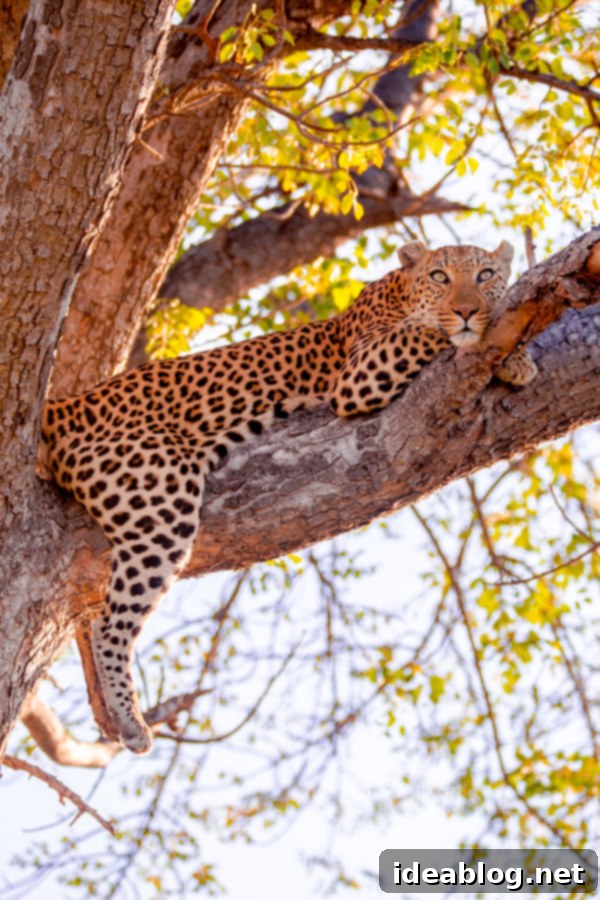
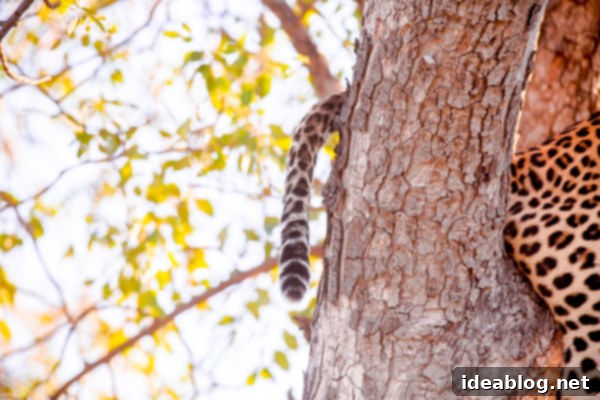
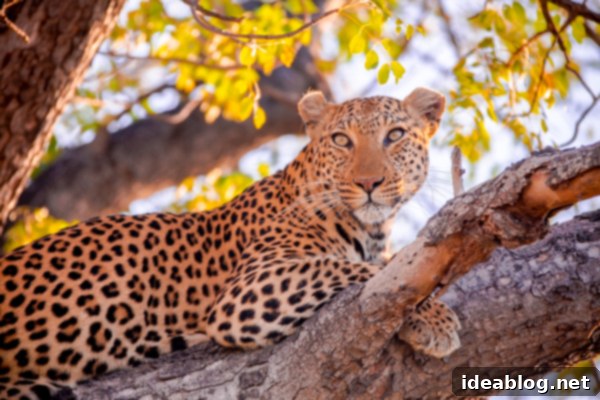
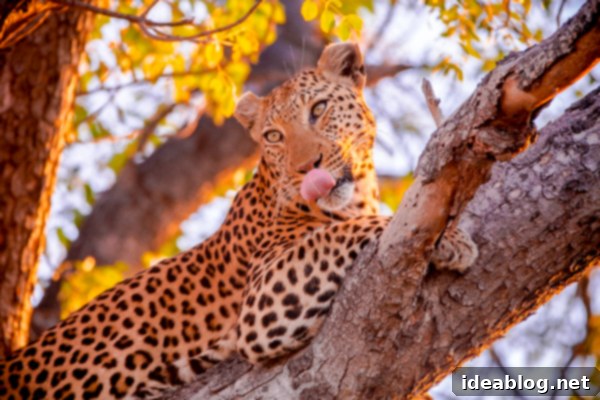
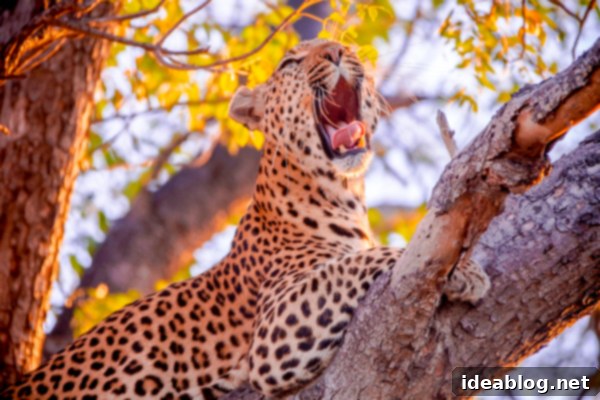
About 45 minutes later, the leopard gracefully leaped out of the tree – an experience in itself, almost terrifyingly effortless for such a powerful creature – and slowly strolled off. Aubrey explained that leopards typically lounge during the day and embark on their hunts in the late afternoons and evenings. It was during this time that we learned Aubrey had actually been quietly tracking this leopard throughout our entire afternoon drive, an incredible testament to his expertise and dedication to providing us with the best possible wildlife encounters.
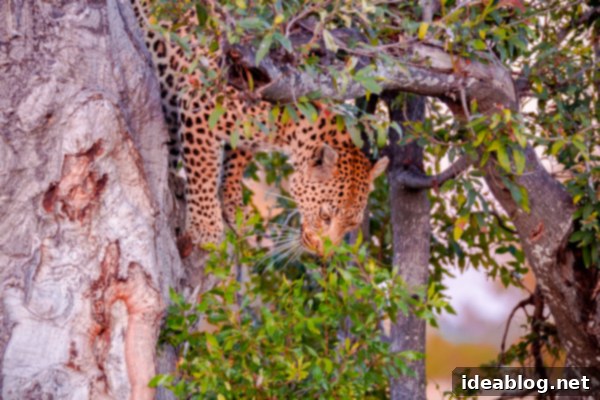
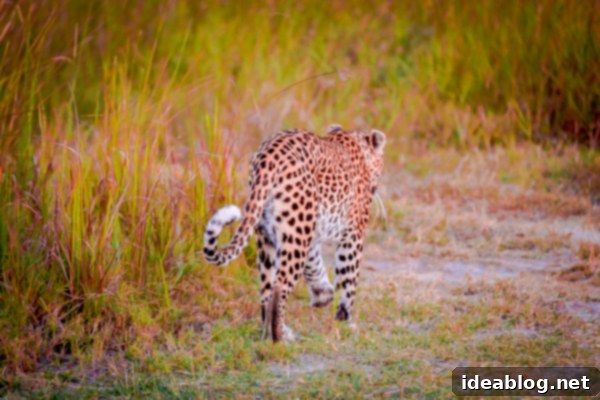
Just as the day before, we drove back to camp feeling overwhelmingly lucky and incredibly grateful for the extraordinary sightings we had experienced. The prospect of our full-day game drive the following day, an adventure Aubrey had offered us earlier that day, filled us with immense excitement.
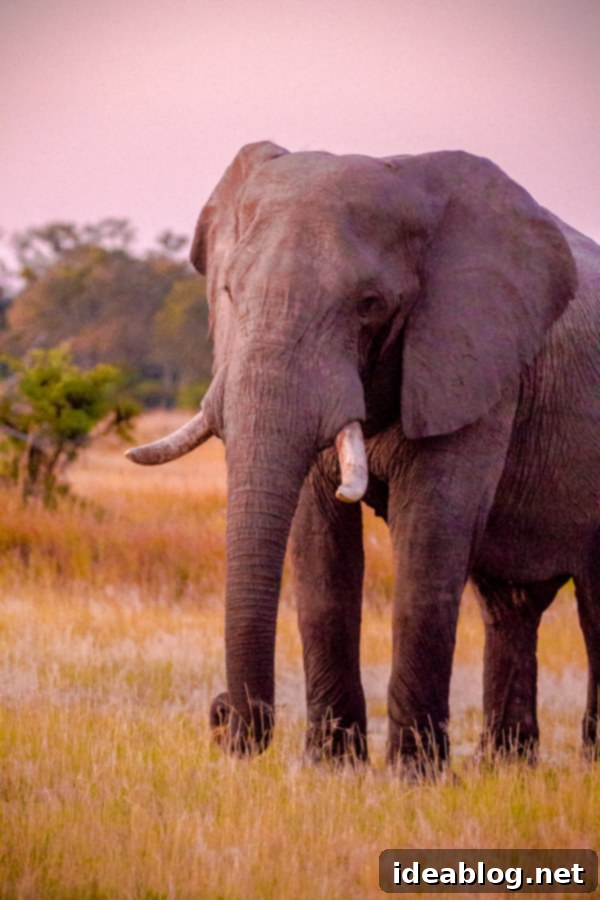
And, of course, the sunset that evening was just as spectacular as the previous day’s, painting the vast African sky with vibrant hues, providing a perfect end to an unforgettable day in the Okavango Delta.
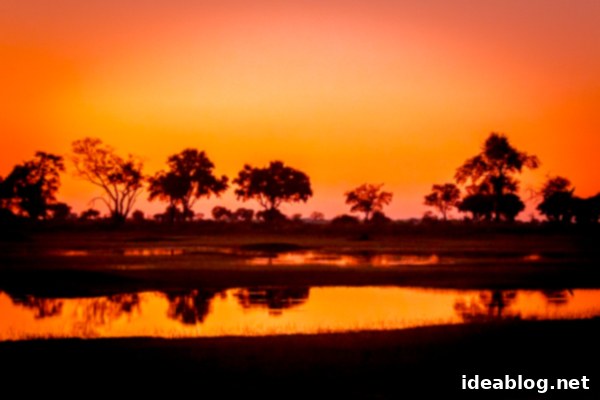
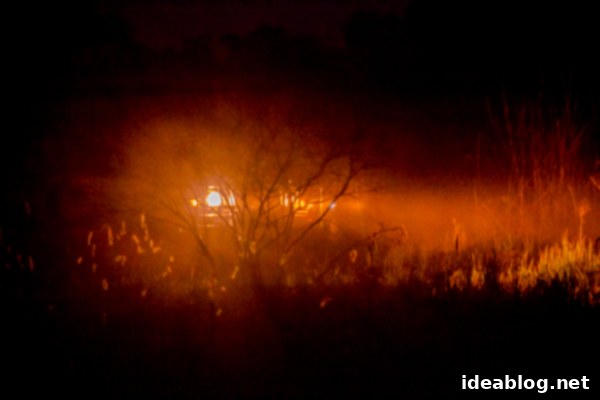
Stay tuned for Part III of our honeymoon recap in the magnificent Okavango Delta, Botswana – you absolutely won’t want to miss what happens next!
